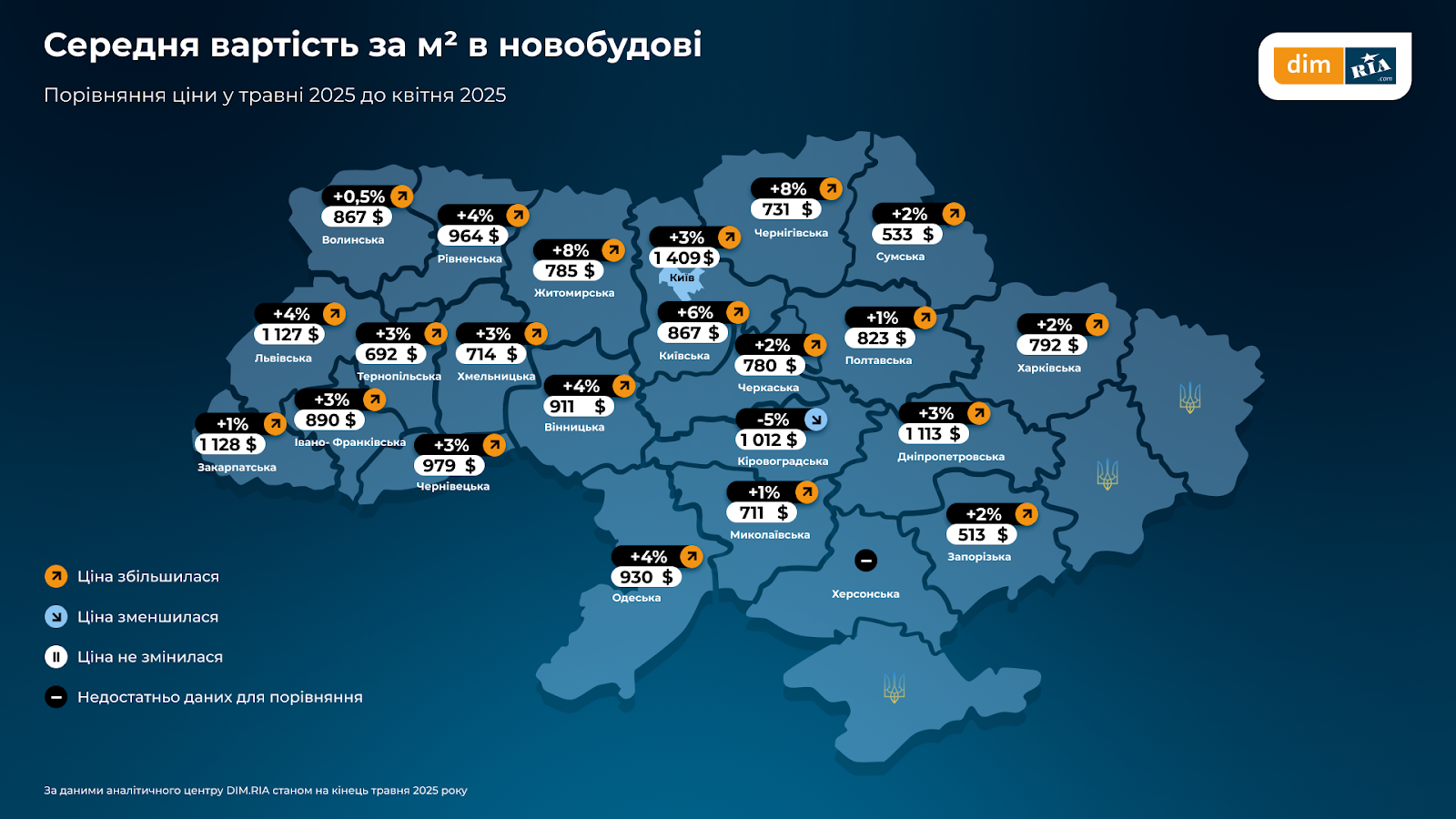
On the night of October 10–11, the cryptocurrency market experienced its largest one-day crash: approximately $19 billion in positions were liquidated in 24 hours. Bitcoin plummeted from record highs (around $122–126 thousand) to the $104–110 thousand range. Ethereum also lost a significant portion of its growth, falling more than 10% from its peak values.
Altcoins were particularly hard hit, with some falling by 20-30% or more.
The reasons for this collapse are linked to geopolitical shock (Trump’s announcement of 100% tariffs on Chinese technology), a cascade of liquidations in the leveraged sector, and panic among participants.
After the collapse, there has been an attempt at recovery: Bitcoin rose above $114,000 on the wave of a partial return of liquidity. However, the dynamics remain turbulent: resistance and support levels are constantly being tested. The total capitalization of the crypto market has fallen below $3.8 trillion. The decline has affected almost the entire market — most of the top 100 assets are trading in negative territory.
From the analysts’ point of view, the current correction is more controlled than panicked — market participants are taking profits and clearing overbought positions rather than fleeing the asset.
The US Federal Reserve (Fed) has expressed concern about the stability of the financial system and the risks associated with the growth of the stablecoin sector. The G20 Financial Stability Board (FSB) has highlighted “significant gaps” in the regulation of cryptocurrencies, especially in the cross-border aspect. The PYUSD/Paxos/PayPal case, where $300 trillion in tokens were accidentally issued due to a technical error, served as a reminder of how much centralized issuers control the mechanism of creating/destroying balances.
These facts reinforce the argument that market maturity and trust go hand in hand with regulatory development.
Source: https://www.fixygen.ua/news/20251020/obzor-rynka-kriptovalyut-ot-fixygen.html

The DIM.RIA marketplace for verified real estate analyzed
the situation on the primary, secondary, and rental housing markets in Ukraine in May
2025. The report presents the dynamics of prices, supply, and demand compared
to April 2025 and May last year.
Primary market
Supply
In May, the share of operating sales departments for new buildings
remained unchanged at 77%. During the month, four new buildings
(5 sections) were commissioned during the month: two in the Lviv region, one in the Kyiv region, and one in the Zakarpattia region.
The highest share of completed projects among all new buildings was recorded in the Rivne
(62%), Zaporizhzhia (56%), and Odesa (54%) regions.
Prices
Prices in the primary market in most regions are showing
growth. The highest price increases were recorded in the Chernihiv (+8%),
Zhytomyr (+8%), and Kyiv (+6%) regions. Only Kirovohrad showed
a decrease, averaging 5%. Kyiv remains the most expensive city, with an average
price of $1,409/m². The cheapest new buildings are in the frontline regions: Zaporizhzhia,
Sumy, and Mykolaiv.
Demand
The most noticeable growth in interest in new buildings
was observed in the Ternopil region (+22% compared to April). At the same time,
a significant decrease in demand was recorded in the Sumy (-25%) and Dnipropetrovsk
(-17%) regions.
Secondary market
Supply
The largest number of advertisements for the sale of secondary housing in
in May came from the Volyn, Rivne, and Mykolaiv regions.
Prices
According to the DIM.RIA marketplace, during May, the average
cost of one-room apartments continued to grow in most regions of Ukraine.
The largest increase was recorded in the Kherson region (+16%), although it remains
the cheapest for this type of housing.
The most expensive housing is in the capital: the cost of a one-room
apartment in Kyiv reaches $92,400. In terms of districts, Pechersky remains
the most expensive (almost $132,000), and Desniansky is the most affordable ($45,000).
Demand
In May, users were most actively searching for secondary
real estate in the Khmelnytskyi, Odesa, and Volyn regions.
The ratio of the number of purchase listings to the number of
responses to them in May in Kyiv was 1:3, with only the Odesa region having a lower ratio —
1:2. In the Vinnytsia region, it was 1:18, in the Ternopil region — 1:16, and
in the Mykolaiv region — 1:15.
Rental market
Supply
According to DIM.RIA analysts, the rental market was
unstable in May. The largest number of new listings appeared in the Chernivtsi (+35%) and
Zakarpattia (+29%) regions. In contrast, in Kirovohrad, the number of
offers decreased by 40%. In Kyiv, the decline was 22% compared to April.
Prices
Kyiv remains the most expensive city for rent:
the average cost in May was 18,200 UAH, which is 4% more than in
April. The most expensive apartments are in the Pecherskyi district — 26,300 UAH, and the cheapest are
in the Desnianskyi district (10,900 UAH).
In most regions, rental prices changed by
a few percent, with the exceptions of Zakarpattia and Ternopil regions (an increase of
11%), Cherkasy (-11%) and Chernihiv (-15%).
Demand
In May, users were actively looking for rental housing:
according to data from the DIM.RIA analytical center, interest was observed in almost
in all regions of Ukraine. The ratio of rental ads to
responses in May in Kyiv was 1:6, while in most
regions these figures differed several times over.
The full analytical
report and high-quality images are available at the link!


